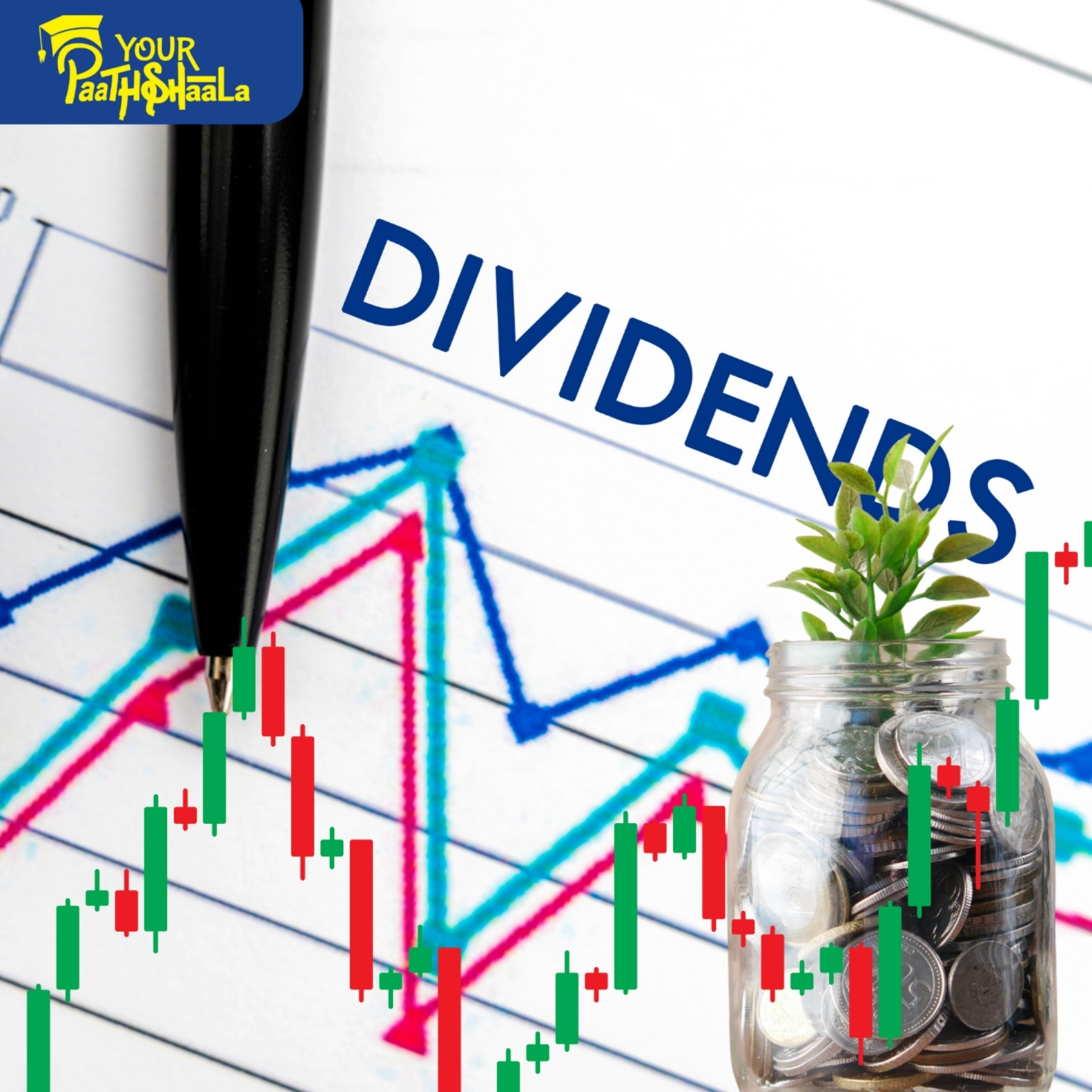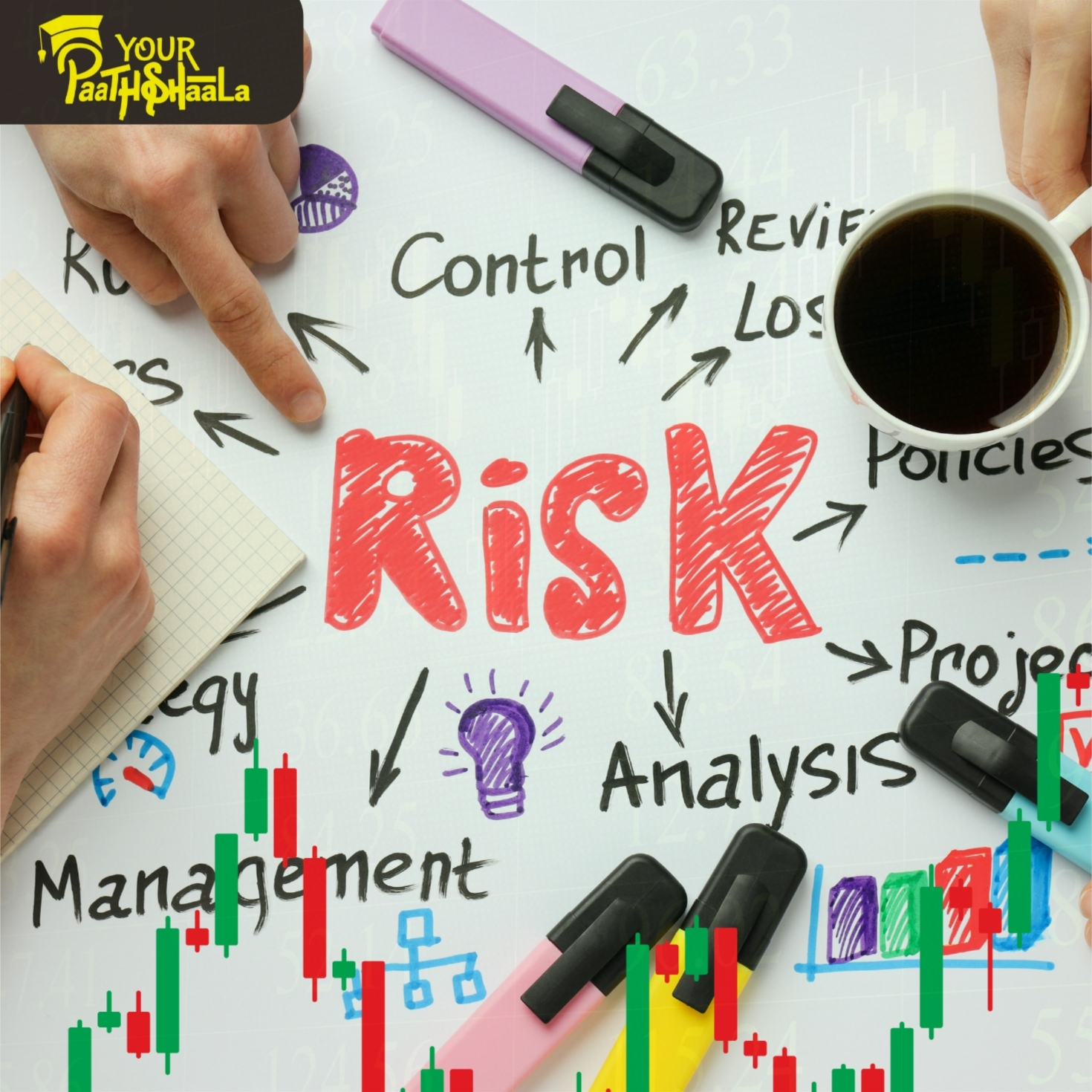How Sustainability is Reshaping Investing in 2025
Sustainability is no longer a niche trend—it’s fundamentally transforming how investments are constructed and managed. As of August 16, 2025, climate awareness is reshaping traditional frameworks, integrating environmental factors into risk management, and unlocking new opportunities from the global shift to sustainable practices. Climate-resilient portfolios are proving their worth, often outperforming traditional strategies. This 2000-word guide explores these pivotal changes, offering actionable insights for beginners and seasoned investors. By embracing sustainable investing, you can achieve long-term growth while aligning with global goals. Ready to shape your financial future? Let’s dive into how sustainability is reshaping investing.
What is Sustainability in Investing?
Sustainable investing integrates environmental, social, and governance (ESG) factors into portfolio decisions, prioritizing long-term resilience and ethical impact alongside financial returns. Climate awareness addresses risks like extreme weather or carbon regulations, while sustainable practices create opportunities in sectors like renewable energy. With global ESG assets exceeding $50 trillion in 2024, per Bloomberg, and sustainable funds outperforming by 5-10% annually, per Morningstar, sustainability is redefining investment strategies in 2025’s volatile, climate-conscious markets.
Key Strategies in Sustainable Investing
To excel in sustainable investing, focus on three key strategies: climate-aware investment frameworks, environmental risk management, and capitalizing on opportunities from sustainable practices. Below, we explore each in detail.
1. Climate-Aware Investment Frameworks: Transforming Traditional Approaches
Climate-aware frameworks integrate environmental considerations into traditional investment models, moving beyond simple diversification to account for climate risks and opportunities. For example, portfolios now prioritize companies with low carbon footprints, like those in renewable energy, to mitigate risks from regulatory shifts or physical climate events.
How to Build Climate-Aware Frameworks
Use ESG rating tools like MSCI or Sustainalytics to select climate-conscious investments.
Allocate to ETFs like ICLN (iShares Global Clean Energy ETF) or BGRN (iShares Global Green Bond ETF).
Monitor climate policies, such as the EU’s Green Deal, for investment signals.
Diversify across climate-resilient sectors like renewables and technology to balance risk.
Climate-aware frameworks enhance resilience but require navigating evolving regulations, so stay informed with reliable sources.
2. Environmental Risk Management: A New Essential
Environmental risk management incorporates climate-related risks—like floods, carbon taxes, or resource scarcity—into portfolio strategies to ensure relevance and stability. For instance, a portfolio heavy in fossil fuel stocks (XLE) may face losses from carbon pricing, necessitating risk mitigation through diversification or hedging.
How to Implement Environmental Risk Management
Use climate risk tools like BlackRock’s Aladdin Climate or S&P Global’s Climanomics for scenario analysis.
Hedge risks with investments in green bonds or carbon credits to offset fossil fuel exposure.
Assess portfolio exposure to physical risks (e.g., hurricanes) using climate data from MSCI.
Diversify into low-risk sectors like healthcare or sustainable agriculture to reduce environmental impact.
Environmental risk management strengthens portfolios but relies on accurate data, so use verified platforms and cross-check models.
3. Opportunities from Sustainable Practices: Driving Long-Term Growth
The global shift to sustainable practices—renewable energy, circular economies, sustainable agriculture—creates new investment opportunities. Companies adopting these practices, like NextEra Energy in renewables or Unilever in sustainable sourcing, are well-positioned for growth. Sustainable funds outperformed traditional peers by 10% in 2024, per Morningstar.
How to Capitalize on Sustainable Opportunities
Invest in ETFs like TAN (Invesco Solar ETF) or ESGU (iShares ESG Aware MSCI USA ETF) for exposure.
Research companies with strong sustainability metrics via Bloomberg ESG or Refinitiv.
Monitor trends like green hydrogen or carbon capture for emerging opportunities.
Diversify across sustainable sectors to capture growth while managing risks.
Sustainable opportunities offer high potential but face risks like greenwashing, so verify claims with third-party ratings.
Risks and Challenges in Sustainable Investing
Sustainable investing offers resilience and growth but comes with challenges:
Greenwashing Risks: Companies may exaggerate sustainability credentials, misleading investors.
Data Inconsistencies: ESG metrics vary across providers, complicating analysis.
Regulatory Shifts: Evolving climate policies can impact asset performance.
Short-Term Trade-Offs: Sustainable focus may limit exposure to high-return, unsustainable sectors.
To mitigate risks, diversify across assets, use verified ESG data, and monitor regulations. Professional guidance can simplify execution.
Tools and Resources for Sustainable Investing
To excel in sustainable investing, leverage these tools:
ESG Platforms: Use MSCI, Sustainalytics, or Bloomberg ESG for sustainability metrics.
Investment Platforms: Access sustainable ETFs via Vanguard or Fidelity.
Risk Tools: Analyze climate risks with BlackRock’s Aladdin Climate or TCFD frameworks.
Educational Resources: YourPaathshaala offers clear, practical lessons and free demo classes.
These tools, paired with disciplined research, can optimize your sustainable investing strategy.
Why Sustainability Reshapes Investing in 2025
As of August 16, 2025, sustainability is a defining force in markets. Climate-related losses reached $300 billion in 2024, per Munich Re, driving demand for resilient portfolios. Regulatory shifts, like the EU’s Sustainable Finance Disclosure Regulation and U.S. climate rules, are accelerating ESG adoption. Sustainable funds, with $50 trillion in assets, outperformed traditional peers by 10% in 2024, per Morningstar. These trends make sustainability essential for long-term growth and risk management in 2025’s climate-conscious markets.
Getting Started with Sustainable Investing
Ready to shape your financial future with sustainability? Follow these steps:
- Learn Sustainability Basics: Study ESG factors, climate risks, and sustainable opportunities.
- Choose a Platform: Select a broker offering sustainable ETFs and ESG analytics.
- Start Small: Test strategies with a small allocation to sustainable assets.
- Diversify: Spread investments across renewables, green bonds, and ESG stocks.
- Seek Education: Join YourPaathshaala’s free demo classes for practical lessons, located near Anjali Children Hospital, Tagore Nagar, Mathpurena, Raipur, Chhattisgarh, PIN code: 492001.
Conclusion
Sustainability is reshaping investing in 2025 through climate-aware frameworks, environmental risk management, and opportunities from sustainable practices. These strategies build resilient, high-performing portfolios aligned with global environmental goals. Despite challenges like greenwashing or regulatory shifts, diversified approaches and robust tools can lead to success. Simplify these concepts with YourPaathshaala’s clear, practical lessons and free demo classes to address your doubts.
Visit YourPaathshaala
Near 🏥 Anjali Children Hospital, Tagore Nagar, Mathpurena, Raipur.
📫 PIN code: 492001, Chhattisgarh
📞 Click the Call Now to contact us!







